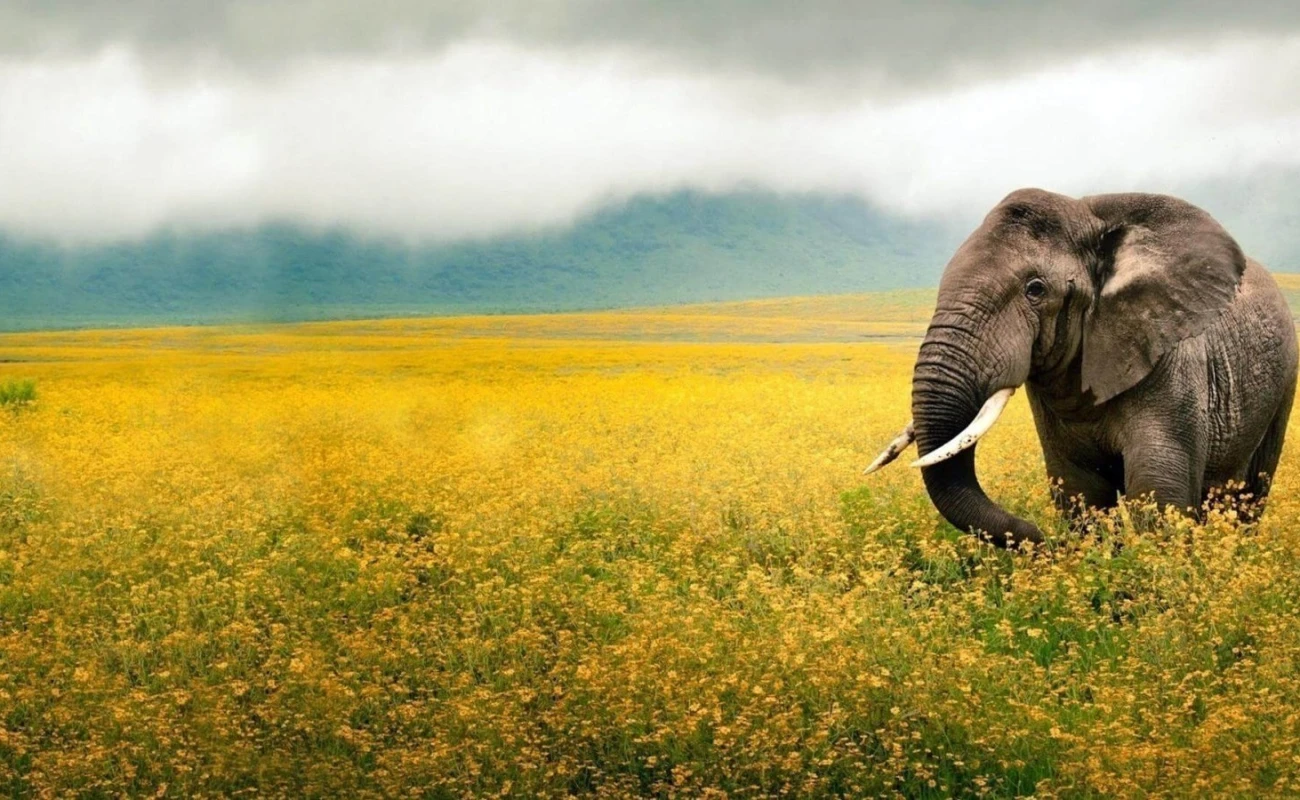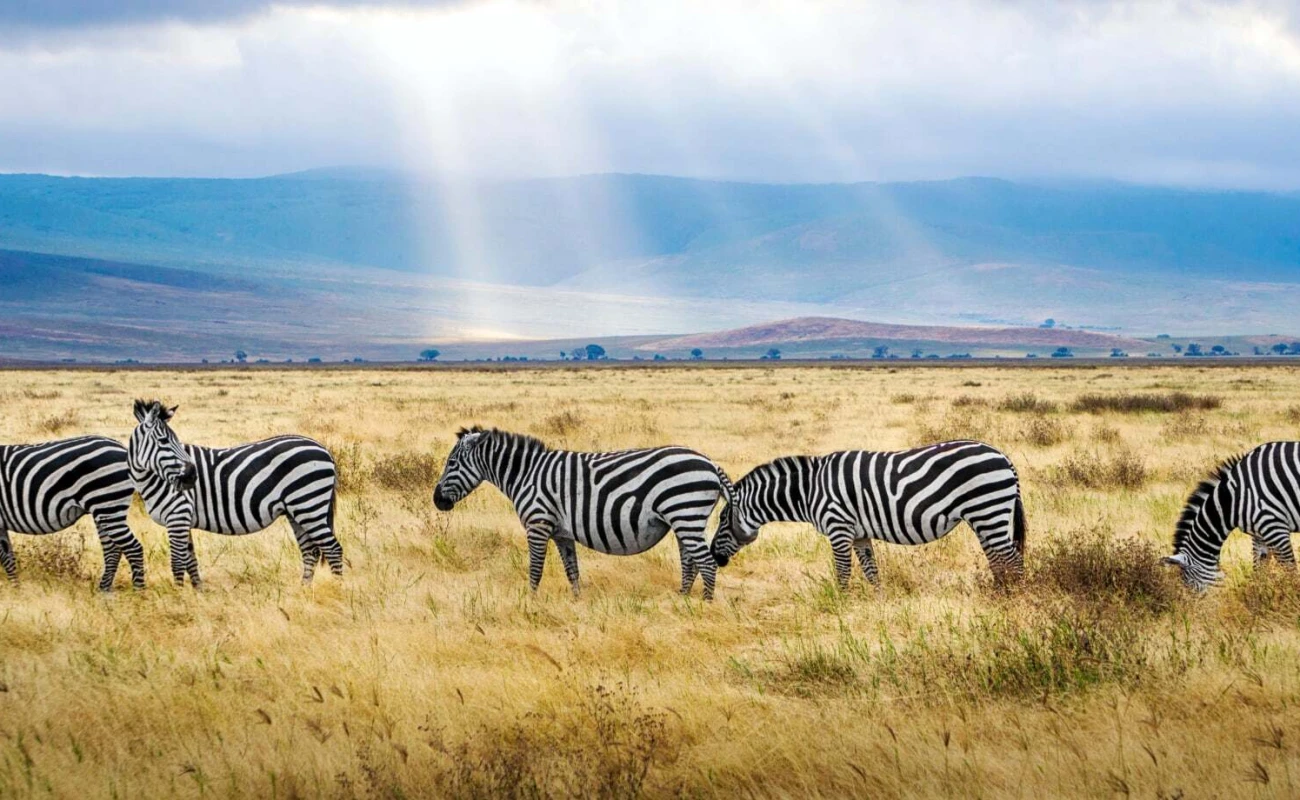

Wildlife safaris in Tanzania, are the key component of the country's tourism industry, they are primarily conducted by local tour operator companies that specialize in offering immersive experiences to visitors. These safaris take travelers through Tanzania's iconic national parks and game reserves, such as the Serengeti, Ngorongoro Crater, and Tarangire, where they can witness diverse wildlife in their natural habitats. Local tour operators are responsible for arranging everything from transportation, such as 4x4 safari vehicles, to professional guides who provide expert knowledge on the ecosystem, animals, and conservation efforts. They also manage accommodation options, ranging from luxury lodges to more rustic campsites, ensuring an authentic yet comfortable experience. Additionally, these safaris emphasize sustainable tourism, promoting eco-friendly practices to protect the environment and wildlife, while contributing to the local economy. By offering tailored experiences, including day trips, walking safaris, and cultural interactions with Indigenous communities, local companies help to ensure that visitors have a memorable and responsible safari adventure. The main highlight of a wildlife safari in Tanzania is an exploration of diverse wild animals in their natural habitat, learning their behavior, ecological interactions, and how they respond to their natural settings. Being on a wildlife safari in Tanzania is an adventure of a lifetime whether you are coming for leisure, research, or studies.
Tanzania is renowned for its incredible wildlife in numerous national parks and reserves, with each destination offering something unique, here are some of the popular wildlife destinations in Tanzania;
Serengeti National Park: Known globally for the dramatic wildlife event the Great Migration, where millions of wildebeest, zebras, and gazelles move across the plains by passing through the Grumeti River moving to the Kenyan Masai Mara National Reserve. The Serengeti is one of the world’s most famous safari destinations. Visitors can witness dramatic predator-prey interactions, especially between lions, cheetahs, and hyenas.
Ngorongoro Crater: A UNESCO World Heritage Site, the Ngorongoro Crater is a vast volcanic caldera that shelters a diverse range of wildlife, including elephants, rhinos, buffalo, and numerous bird species. The Crater is often referred to as the " African Garden of Eden" due to its lush vegetation and high concentration of animals including the big five animals.
Tarangire National Park: This park is known for its massive elephant herds and large baobab trees. It’s particularly popular during the dry season, when elephants, lions, giraffes, and other species gather near the park's permanent water sources like the Tarangire River “the river of warthog”.
Lake Manyara National Park: Famous for its tree-climbing lions and large flocks of flamingos, Lake Manyara is a smaller park but offers a diverse array of wildlife, including elephants, hippos, and various bird species, as well as stunning landscapes.
Mkomazi National Park: Located in northeastern Tanzania near the Kenyan border, is a lesser-known but captivating wildlife destination. Spanning over 3,200 square kilometers, the park is characterized by its rugged terrain, arid landscapes, and savannah ecosystems. Mkomazi is home to diverse wildlife, including elephants, giraffes, lions, and the endangered African wild dog. The park is also renowned for its significant birdlife and the conservation efforts to protect the critically endangered black rhino. With fewer tourists than famous parks, Mkomazi offers a more remote and tranquil safari experience, making it ideal for those seeking an off-the-beaten-path adventure.